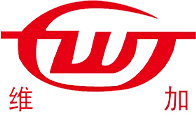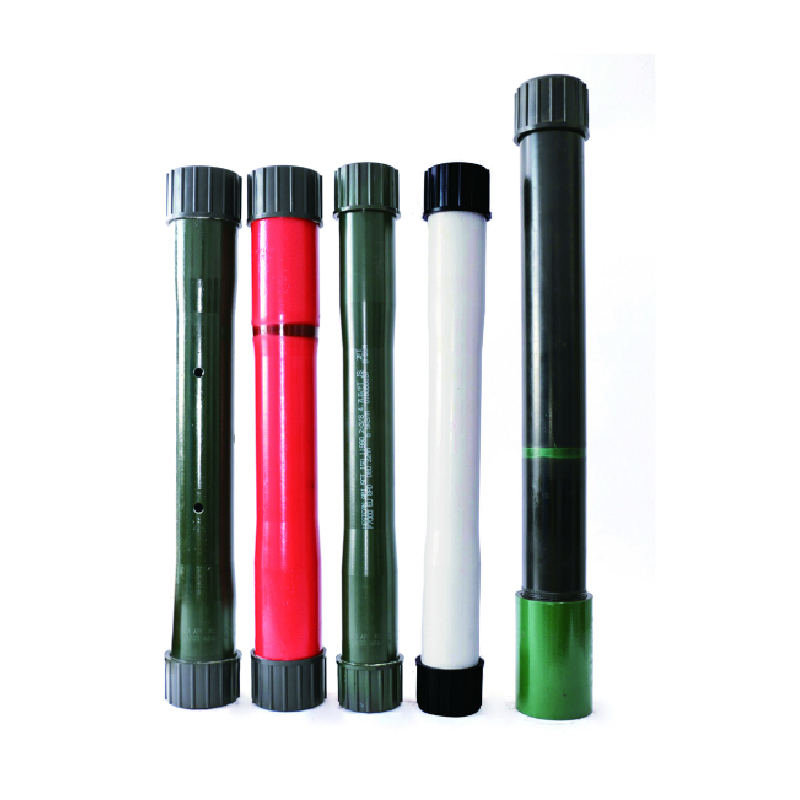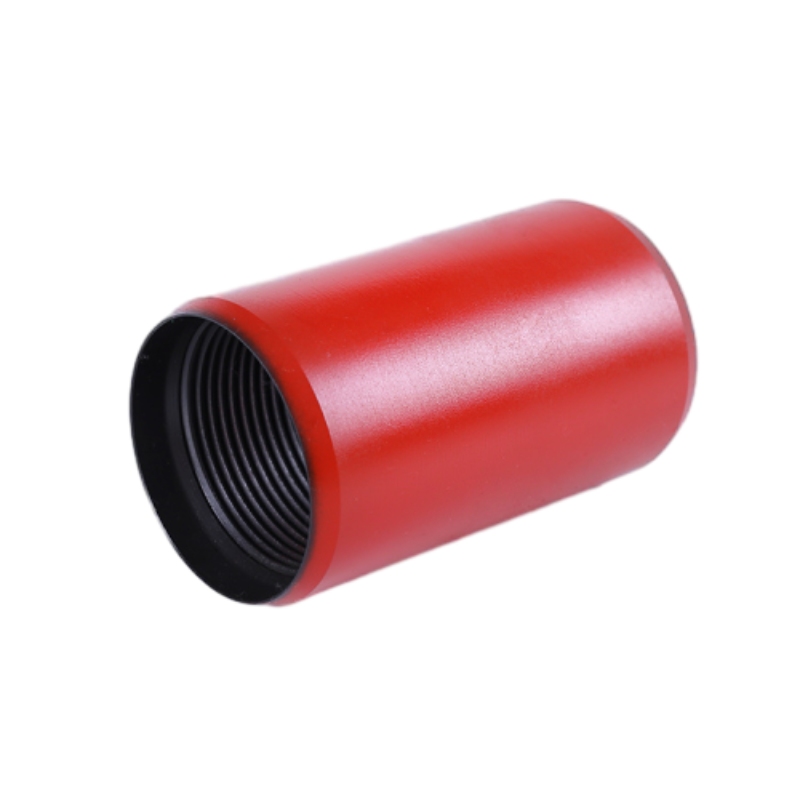Tubing Pup Joints-Hengshui Weijia|Efficient Connection&Pressure Resistance

Tubing pup joints are critical components in the oil and gas industry, designed to connect sections of tubing and ensure seamless fluid flow from reservoirs to the surface. These joints play a pivotal role in optimizing well performance and maintaining operational efficiency.
Understanding Tubing Pup Joints
Tubing pup joints are short lengths of tubing used to adjust the overall length of a tubing string or isolate specific sections of the wellbore. They are engineered to provide flexibility, pressure resistance, and a secure seal, preventing leaks and ensuring reliable production. Tubing pup joints are available in various sizes and configurations, catering to diverse operational requirements. Their design allows for easy installation and removal, offering adaptability in complex well environments.
Key Features and Applications
One of the standout features of tubing pup joints is their ability to accommodate different specifications. For instance, perforated pup joints are designed with small holes along the tubing length, enabling fluid flow in and out of the wellbore. This design is particularly useful for filtering out sand or solid particles from produced fluids, preventing blockages and ensuring smooth operations. Tubing pup joints are also essential in applications requiring precise control over fluid dynamics, such as in horizontal or directional drilling.
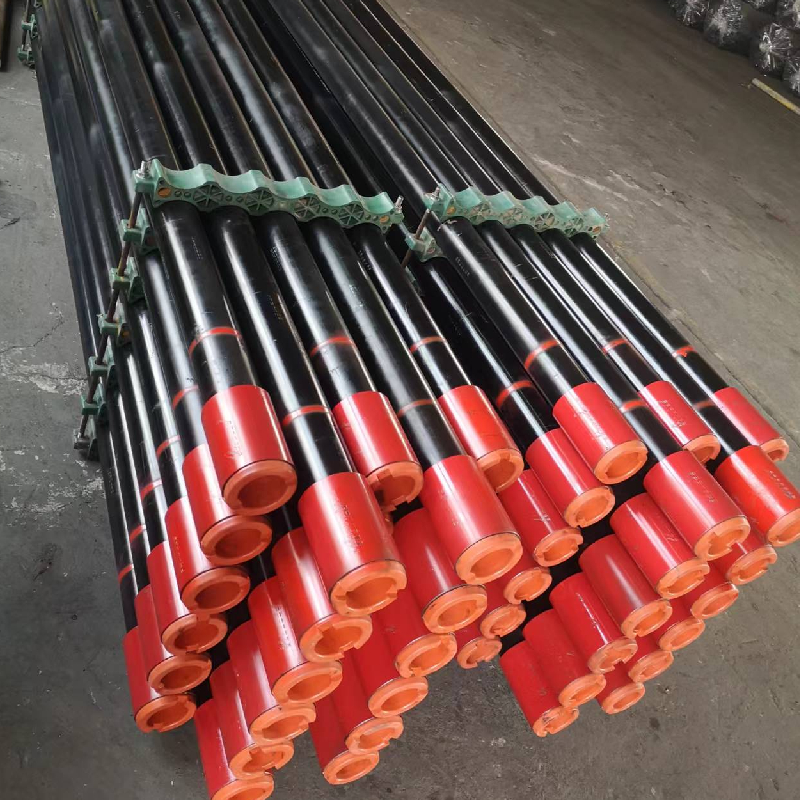
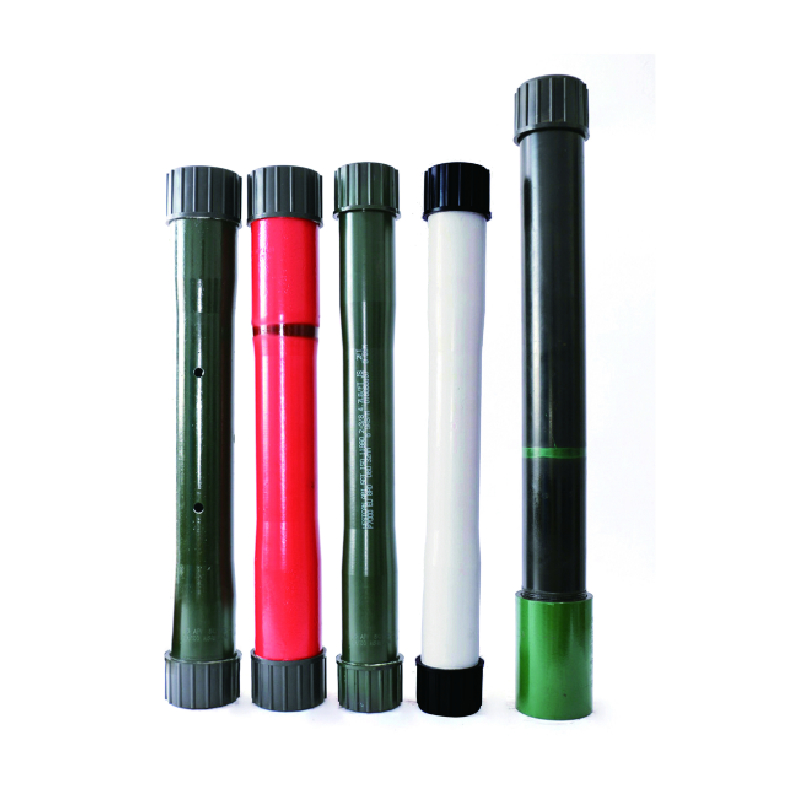
Technical Specifications
| Parameter | Details |
|---|---|
| Material | High-strength steel (API 5CT compliant) |
| Size Range | 1.900" to 4.500" (varies by application) |
| Pressure Rating | Up to 10,000 psi (depending on configuration) |
| Connection Type | API standard threads (e.g., NC, FH, or buttress) |
| Surface Treatment | Corrosion-resistant coatings for harsh environments |
Advantages of Tubing Pup Joints
1. Flexibility and Adaptability: Tubing pup joints allow for adjustments in tubing string length, accommodating variations in well depth and geological conditions.
2. Enhanced Safety: Their robust construction ensures a tight seal, minimizing the risk of leaks or fluid loss.
3. Cost-Effectiveness: By enabling easy installation and removal, they reduce downtime and maintenance costs.
4. Compliance with Industry Standards: Manufactured under NIST-recognized standards like API 5CT, ensuring quality and reliability.
Applications in the Oil and Gas Industry
Tubing pup joints are indispensable in various stages of oil and gas production. They are commonly used in:
- Well Completion: Connecting tubing strings to production equipment, such as packers and valves.
- Workover Operations: Isolating specific zones for maintenance or stimulation treatments.
- Fracturing and Stimulations: Facilitating the controlled injection of fluids into the reservoir.
- Horizontal Drilling: Adapting to complex well geometries and ensuring continuous flow.
For example, perforated pup joints are critical in sand control applications, where they help manage particulate flow and protect downstream equipment.
About Hengshui Weijia Petroleum Equipment Manufacturing Co., Ltd.
Founded in 2005, Hengshui Weijia Petroleum Equipment Manufacturing Co., Ltd. is a leading manufacturer of oil and gas equipment, specializing in pup joint manufacturers and related components. The company adheres to rigorous quality control measures, ensuring compliance with international standards such as API 5CT. With a focus on innovation and customer satisfaction, Hengshui Weijia serves clients across North America, Europe, and Asia.
Industry Standards and Certifications
The National Institute of Standards and Technology (NIST) plays a vital role in establishing guidelines for materials and equipment used in the oil and gas sector. While specific NIST standards for tubing pup joints may not be directly available, the NIST framework ensures that manufacturers like Hengshui Weijia follow best practices for material testing, dimensional accuracy, and performance validation. This alignment with authoritative standards underscores the reliability of tubing pup joints in critical operations.
Conclusion
Tubing pup joints are essential to the efficiency and safety of oil and gas operations. Their versatility, durability, and compliance with industry standards make them a cornerstone of modern well production. As the demand for energy continues to grow, innovations in tubing pup joint design and manufacturing will remain vital to meeting the challenges of the industry. For more information on tubing pup joints and Hengshui Weijia Petroleum Equipment Manufacturing Co., Ltd., visit their official website.
References
NIST (National Institute of Standards and Technology). "Standards for Tubular Goods in the Oil and Gas Industry." Retrieved from https://www.nist.gov/. (Note: While the specific page referenced in the context is unavailable, NIST's role in establishing industry standards is widely recognized.)
-
Tubing Crossover - API Compatible, Custom Sizes, In StockNewsNov.10,2025
-
Tubing Coupling | High-Strength, Leak-Proof Steel CouplingsNewsNov.10,2025
-
Wholesale API Threading Casing Coupling | API 5CT, Fast ShipNewsNov.10,2025
-
Pup Joint Supplier | API Certified, Custom, Quick ShipNewsNov.10,2025
-
Pup Joint Manufacturers | Precision Machined, Fast DeliveryNewsNov.10,2025
-
Tubing Coupling | Precision Steel, Leak-Proof, Fast DeliveryNewsNov.03,2025
